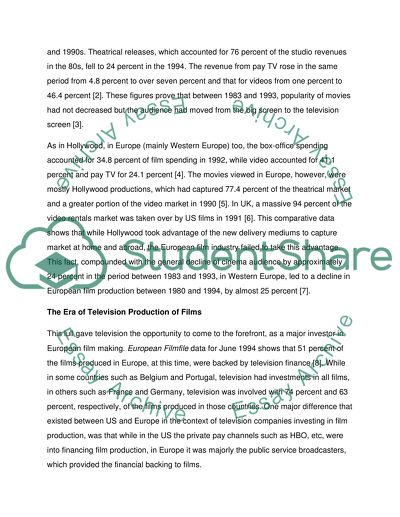Cite this document
(“British Film Industry Essay Example | Topics and Well Written Essays - 2250 words”, n.d.)
Retrieved from https://studentshare.org/technology/1512913-british-film-industry
Retrieved from https://studentshare.org/technology/1512913-british-film-industry
(British Film Industry Essay Example | Topics and Well Written Essays - 2250 Words)
https://studentshare.org/technology/1512913-british-film-industry.
https://studentshare.org/technology/1512913-british-film-industry.
“British Film Industry Essay Example | Topics and Well Written Essays - 2250 Words”, n.d. https://studentshare.org/technology/1512913-british-film-industry.


